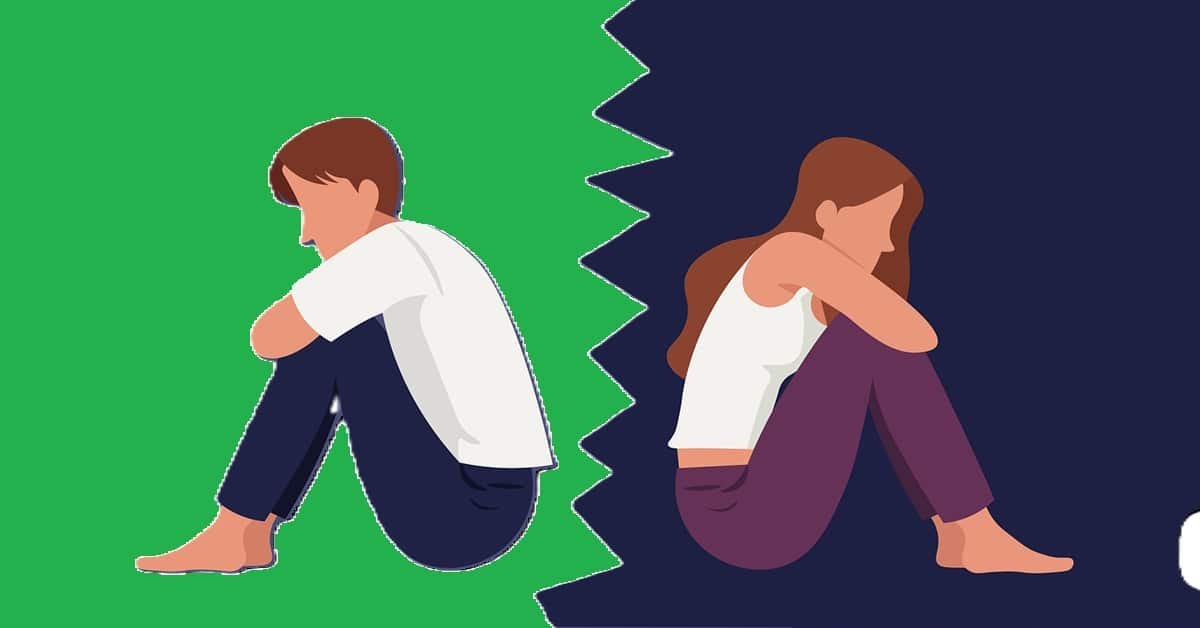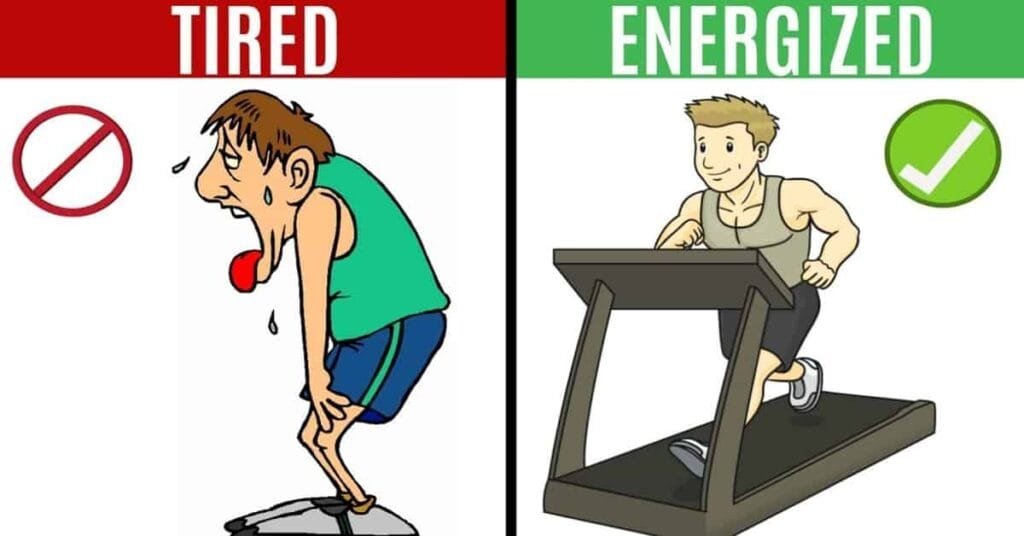Porn addiction is an increasingly recognized issue that affects individuals, relationships, and even societal norms. As access to explicit adult content becomes easier through the internet, many people find themselves struggling with compulsive behaviors related to pornography use. In this blog post, we’ll explore some frequently asked questions (FAQs) regarding porn addiction, helping to clarify what it is, its impacts, symptoms, and potential recovery pathways.
What is Porn Addiction?
Porn addiction is characterized by an excessive preoccupation with and compulsive use of pornographic material, which can interfere with daily life. While porn consumption itself is not inherently problematic for everyone, for some, it can lead to negative consequences, affecting mental health, relationships, and overall well-being.
What Are the Signs and Symptoms of Porn Addiction?
Recognizing the signs of porn addiction can be intricate, but some common symptoms include:
- Increased Tolerance: The need to consume more explicit or varied content to achieve the same satisfaction.
- Withdrawal Symptoms: Feelings of anxiety, irritability, or restlessness when unable to access porn.
- Failed Attempts to Cut Back: A persistent desire to reduce usage but finding oneself unable to do so.
- Preoccupation: Spending excessive time thinking about or indulging in porn at the expense of work, hobbies, or social interactions.
- Impact on Relationships: Distancing oneself from partners or avoiding intimacy due to reliance on porn.
- Escalation of Risky Behaviors: Seeking out increasingly explicit or dangerous material.
- Negative Emotions: Feelings of shame, guilt, or distress related to porn consumption.
Why Do People Develop a Porn Addiction?
Several factors can contribute to the development of porn addiction, including:
- Accessibility: The internet provides instant access to an overwhelming amount of pornographic material, making it easy to consume excessively.
- Maladaptive Coping Mechanisms: Individuals may turn to porn as a way to escape from stress, anxiety, depression, or trauma.
- Societal Norms: Cultural attitudes toward sex and pornography can normalize excessive consumption, making it difficult to recognize when it becomes problematic.
- Biological Factors: Some research suggests that prolonged exposure to pornography can alter brain pathways related to pleasure and reward, similar to substance addiction.
What Are the Effects of Porn Addiction?
The impacts of porn addiction can be significant and varied:
1. Mental Health Issues
- Increased anxiety, depression, and feelings of isolation.
- Difficulty in experiencing natural sexual arousal, leading to sexual dysfunction in real-life encounters.
2. Relationships
- Strain on romantic relationships due to unrealistic expectations regarding sex and intimacy.
- Potential infidelity or an overall lack of interest in partners due to reliance on pornographic material.
3. Work and Daily Life
- Decreased productivity and withdrawal from social interactions.
- Engagement in risky behaviors, such as viewing porn in inappropriate settings.
4. Physical Health
- Sedentary lifestyle, leading to health issues related to inactivity.
- Potential for increased sexual health risks due to risky behavior prompted by pornography.
How Can Someone Address Porn Addiction?
Recovering from porn addiction can be a lengthy and challenging process, but many individuals find relief through various methods:
1. Self-Awareness and Acknowledgment
- Admitting there is a problem is the first step to recovery. Reflecting on why you consume porn and acknowledging its impact on your life can be empowering.
2. Set Clear Goals
- Establish boundaries for porn consumption or commit to complete abstinence. Start small and gradually work towards defined goals.
3. Seek Professional Help
- Therapy can be beneficial. Cognitive Behavioral Therapy (CBT) and other therapeutic approaches can help address underlying issues and develop healthier coping mechanisms.
4. Join Support Groups
- Consider joining support groups, either in-person or online, where you can share experiences and learn from others facing similar challenges.
5. Limit Access
- Implement filters or apps to limit access to pornographic sites. Reducing exposure can lessen the urge to engage in compulsive viewing.
6. Engage in Alternative Activities
- Find new hobbies or interests that can fill the time previously spent viewing porn. Engage in activities that promote physical and mental well-being, such as exercise, reading, or socializing.
7. Educate Yourself
- Learn more about the impacts of porn addiction and healthy sexuality. Understanding the psychological and physiological effects can empower you to make informed decisions.
Are There Any Myths Associated with Porn Addiction?
Yes, there are several myths that can perpetuate misunderstandings about porn addiction. Some common misconceptions include:
- “Everyone Watching Porn is Addicted”: Not everyone who consumes pornography is addicted. The distinction lies in whether consumption has become a compulsion and is negatively affecting life.
- “Porn is a Safe Alternative to Sex”: While it may seem harmless, excessive porn use can skew perceptions of sex and intimacy, leading to relationship issues.
- “Only Men Can Be Addicted to Porn”: Porn addiction can affect individuals of any gender. It is essential to recognize that women can experience similar compulsive behaviors.
Conclusion
Porn addiction is a legitimate concern that can have profound effects on mental health, relationships, and quality of life. Understanding the signs, addressing the issues, and seeking appropriate support are crucial steps in tackling this problem. If you or someone you know is struggling with porn addiction, remember that help is available, and recovery is possible. The journey may be challenging, but it is essential to prioritize mental health and emotional well-being.


